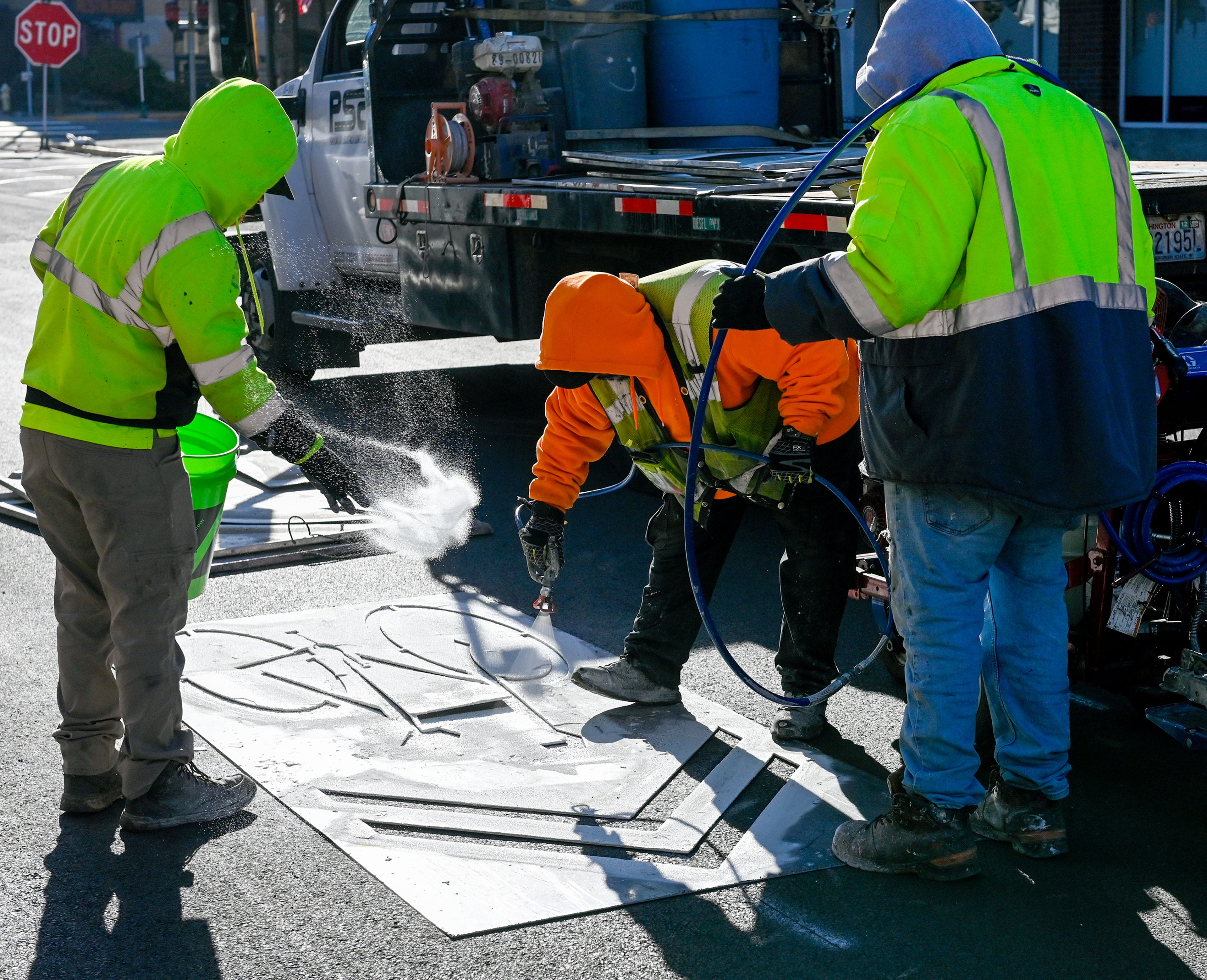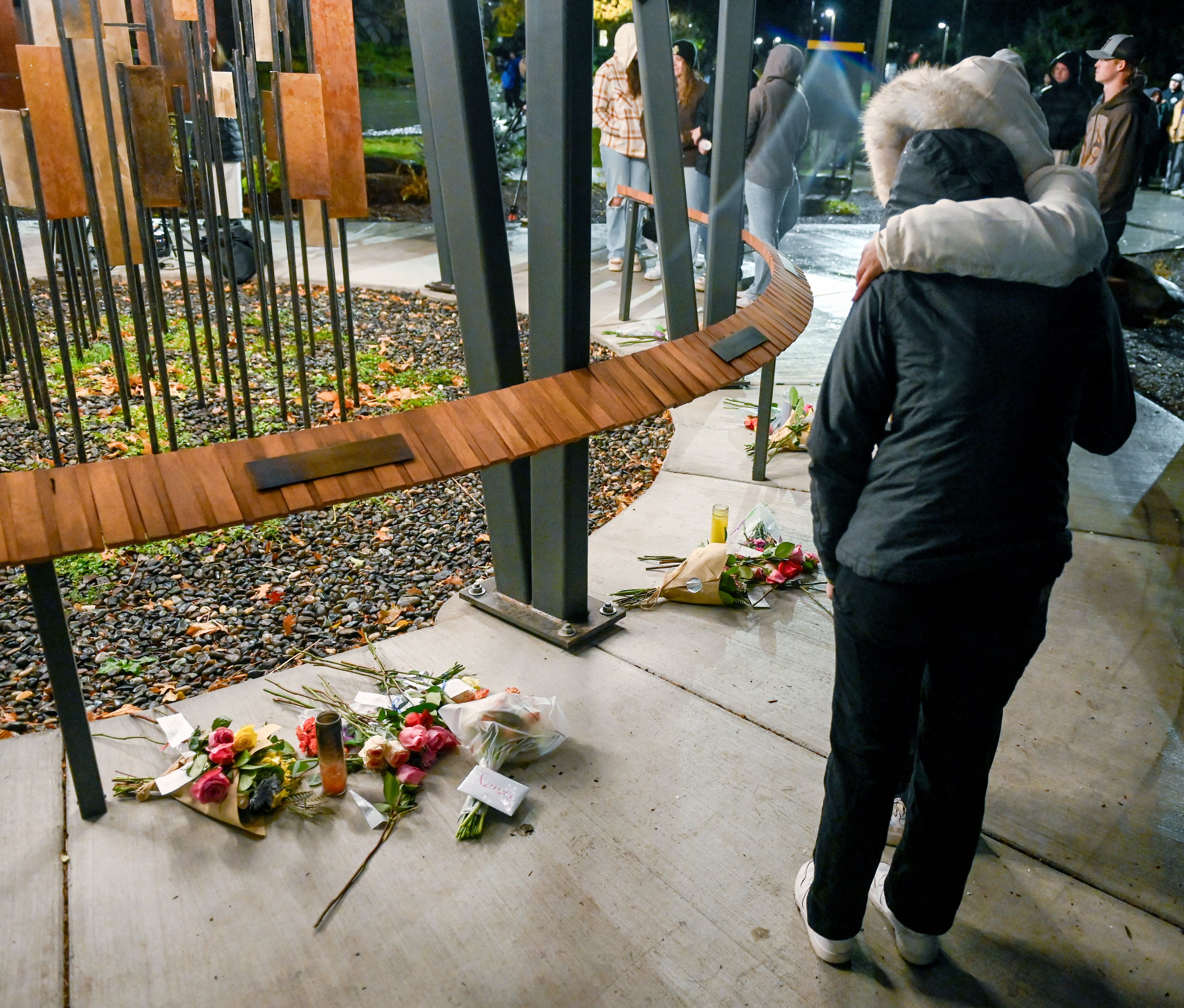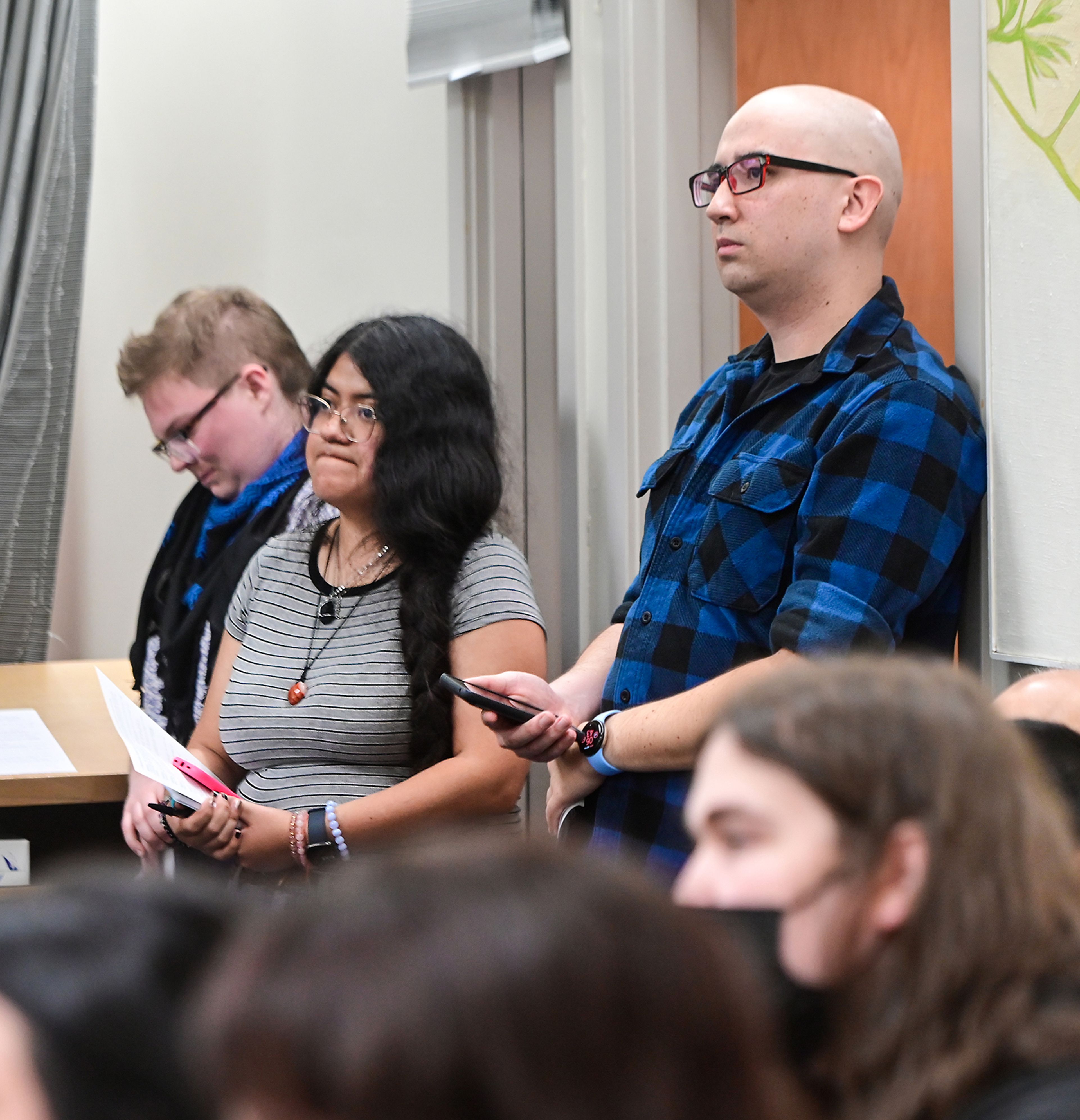Idaho set to move to final reopening stage
Stage 4 takes effect Saturday, which allows all businesses to open and care facilities to accept visitors — but a spike in COVID-19 cases could result in a return to restrictions, Little says
Idaho will move into the fourth and final stage of its multiphase economic reopening plan on Saturday, but staying there depends on continued public acceptance of coronavirus safety protocols.
Gov. Brad Little stressed that point repeatedly Thursday, when he announced the move, saying restrictions could be reimposed, at least on a regional basis, if there’s a spike in COVID-19 cases.
In Stage 4, all businesses in the state can reopen, subject to specific safety guidelines and, for restaurants, bars and nightclubs, reduced occupancy limits.
Long-term care and senior living facilities can once again allow visitors, so long as they take steps to protect residents and employees from the virus. Gatherings of more than 50 people will also be allowed.
Nevertheless, while Saturday is an important milestone in Idaho’s recovery from the coronavirus, Little said he’s not “spiking the football.”
“We almost didn’t make it to Stage 4 this week,” he said. “Despite the incredible progress we’ve made, there are still some Idahoans who aren’t practicing measures to keep themselves and others safe.”
With community spread of the virus in more than half the counties in the state, Little said, “this isn’t just a Boise or Treasure Valley issue. Across the country, we’re seeing the virus move into rural areas, where health care access is limited.”
The most effective way to mitigate the spread of the virus, he said, is to continue following the safety protocols that got us here: social distancing, washing hands frequently, wearing protective face coverings when out in public and staying home if you’re sick.
“I’m confident that, with the continued support of all Idahoans, our economic rebound will happen more quickly and more robustly than any other place in the country,” Little said.
As of Thursday afternoon, Idaho was reporting 3,302 confirmed and probable cases of the coronavirus, with 86 deaths. At 4.8 deaths per 100,000 in population, it’s tied for the ninth-lowest mortality rate in the country, according to New York Times’ database of state COVID-19 data.
The Washington Department of Health is reporting 24,642 cases statewide, with 1,190 deaths — a per-capita rate of 15.6 deaths per 100,000 in population. New York leads the nation with 385,669 cases and 156 deaths per 100,000.
The mortality rate for the United States as a whole is 34.6 per 100,000 people, according to updated statistics from Johns Hopkins University. Since January, more than 2.01 million Americans have contracted the virus, and nearly 114,000 have died. That’s more than a quarter of the total world cases, as well as 27 percent of all reported COVID-19 deaths.
The experience in north central Idaho and southeastern Washington hasn’t been nearly that severe.
No new cases of the virus were reported in north central Idaho Thursday. The five county region remains at 94 cases, including 19 deaths.
Across the border in Washington, Whitman County reported one new case — a woman between the ages of 20 and 39 who is self-isolating at home. It now has a total of 28 cases, all of whom have either recovered or are recuperating at home.
Garfield County remained the only county in Washington without a confirmed case of COVID-19, according to the state Department of Health. Asotin County was unchanged at 20 total cases, including two deaths.
Asotin, Garfield and Whitman counties were all recently approved to move to Phase 3 of Washington’s four-phase reopening plan. The earliest any of them could apply for Phase 4 would be June 26, so long as they meet certain criteria.
In Idaho, the measurements used to determine whether the state could advance to Stage 4 include: having a downward trend in the number of new coronavirus cases being reported each day, as well as in the number of severe cases requiring hospitalization; a declining percentage of positive coronavirus tests; maintaining adequate capacity in the health care system — both in intensive care beds and hospital ventilators; and avoiding any spikes in COVID-19 cases among health care workers.
During Thursday’s news conference, state epidemiologist, Dr. Christine Hahn, noted that Idaho barely achieved a downward trend in new coronavirus cases over the past two weeks. There was also a recent spike in positive COVID-19 tests for health care workers.
The numbers, or “gating criteria,” can be found online, at rebound.idaho.gov/stages-of-reopening.
While there was an uptick in the number of new COVID-19 cases in early June, Hahn said that likely reflected an increase in testing.
“Our testing numbers jumped from 4,000 to 5,000 per week up to about 10,000 the last week in May,” she said. “We think that’s one reason why the case count increased.”
The percent of tests that are coming back positive, by contrast, continues to show a downward trend.
Similarly, while there was an increase in the number of health care workers testing positive for the virus, Hahn said, the average is still less than two new cases per day and doesn’t seem to be related to the individual’s line of work.
The increase “wasn’t in one particular facility or one part of the state,” she said. “It appears to be health care workers who got the virus, not at work, but through community spread. Nevertheless, it’s a trend we’re concerned about.”
The governor also cautioned that Stage 4 doesn’t represent a return to normal. Safety protocols for various industries will remain in effect, and if an increase in coronavirus cases begins to stress health care capacity in a part of the state, restrictions could be reimposed.
“All options are on the table,” Little said. “It all depends on the magnitude of any spike. (Any renewal of restrictions) probably won’t be statewide; it will be more regional than statewide. But if we don’t have enough health care workers or enough (health care capacity), the response will address the magnitude of the problem.”
The state’s focus all along, he said, “has been to protect the health and safety of Idahoans and to preserve health care capacity, while ensuring a strong economic rebound. ... There was no way to effectively slow the spread of this deadly disease without taking the actions we took together. The no-action alternative would have been a catastrophe, and ultimately would have led to a deeper economic fallout than we’re experiencing today.”
Of the eight states that never imposed mandatory stay-at-home orders during the pandemic, all but Wyoming and Oklahoma have substantially higher per-capita infection rates than Idaho, according to the New York Times’ database. And all but Wyoming and Utah have higher mortality rates.
William L. Spence may be contacted at bspence@lmtribune.com or (208) 791-9168.








